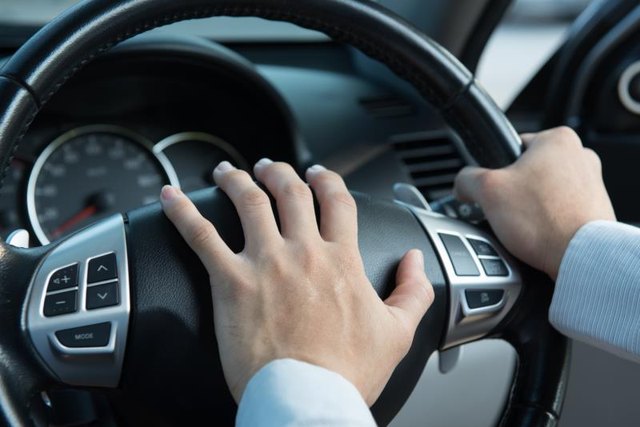
Many people experience anxiety while driving. This anxiety can be managed with certain relaxation techniques and thought changes. Anxiety is a normal response to stress that can become a debilitating disorder if it prevents you from performing required tasks, such as driving. A panic disorder is a type of anxiety disorder characterized by recurrent periods of intense fear accompanied by physical symptoms. Effective treatments for panic attacks and anxiety disorders are available.
Step 1
Research and learn about panic and anxiety. Understanding your symptoms can help you better learn to cope with them.
Step 2
Observe your feelings and accept them, recommends OvercomeFearOfDriving.org. The website even suggest purposely worsening your feelings in order to accept and gain control over them. Emotional symptoms of anxiety include feeling apprehension or dread, experiencing trouble concentrating, feeling tense or jumpy, watching for signs of danger and feeling like your mind's gone blank, according to HelpGuide.org. Physical symptoms can include headaches, sweating, a racing heart or nausea.
Step 3
Perform a relaxation technique while driving. OvercomingFearOfDriving.org recommends relaxing your facial muscles or slightly rolling your head from side to side. The website also recommends squeezing the wheel tightly and then relaxing your hands; perform this exercise a couple of times.
Step 4
Control your breathing. Hyperventilation can be caused by panic attacks. Deep breathing can relieve the symptoms of hyperventilation, including lightheadedness and tightness of the chest.
Step 5
Make time to incorporate relaxation techniques, such as yoga or meditation, into your daily routine. These practices can help relieve general anxiety.
Step 6
Change the way you talk to yourself, suggests the University of Texas Counseling & Mental Health Center. Remind yourself that your fears are unfounded because there is only a small likelihood that you will wreck, and that your feelings are temporary. Remember that a panic attack cannot cause you to faint, stop breathing or lose control of yourself.
Step 7
Seek professional help. A therapist can help you delve into the root cause of your anxiety and develop coping strategies. Medication can help treat the symptoms of anxiety, although many should not be used during driving. Ask your health care provider for recommendations.
www.livestrong.com





No comments:
Post a Comment